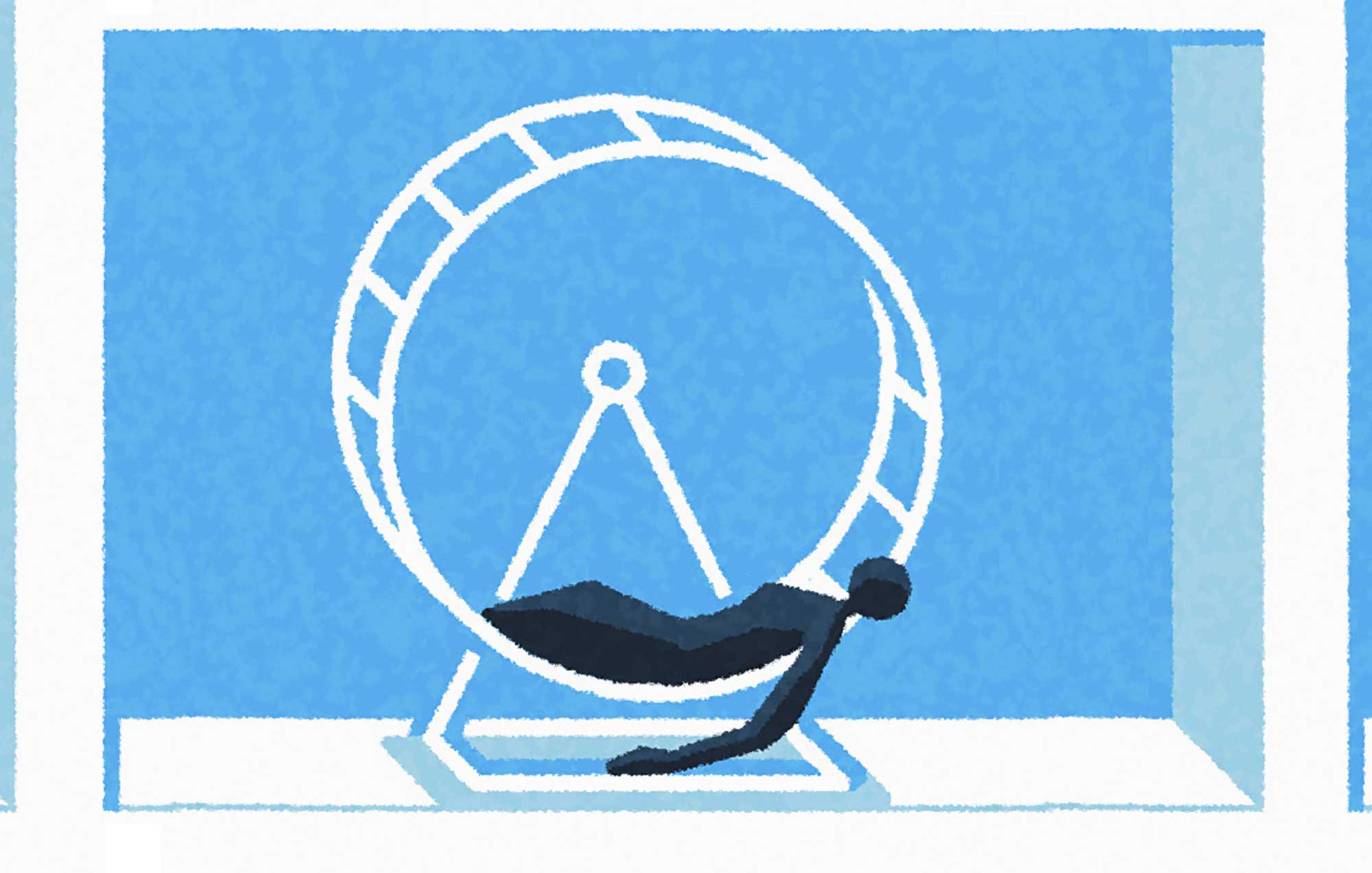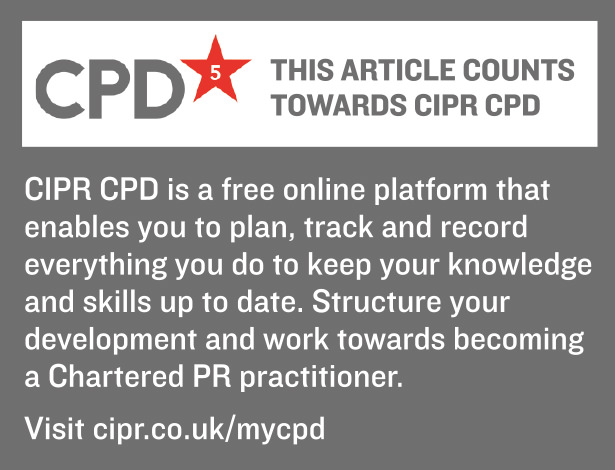Employee Engagement vs the Great Resignation
Since the beginning of the Covid-19 pandemic, employees have been leaving the workforce or changing career in droves. The phenomenon, which was first identified in the USA and dubbed ‘The Great Resignation' or ‘Big Quit', is happening at all levels, in all job types, all over the world. But what can be done to stem the tide?
There are lots of reasons why people are seeking change right now.
Life is physically, financially and emotionally more difficult for many of us than it was just a few years ago. Personal priorities are shifting, and people report feeling anxious, exhausted or out of control.
Add to that a longer to-do list and a sense of being unsafe, unheard or undervalued in the workplace, and it’s clear why people are switching off and looking elsewhere.
It’s not news that employee disconnect is bad for business – and if they didn’t know it before, organisations are fast catching on as they chart falling profits and productivity alongside rising absence, and recruitment and training costs.
Some see the answer in a financial fix, but while higher wages and bigger benefits are welcome, organisations must also re-engage their people if they want to get back on track.
That’s because engaged employees don’t just leave their employers less often – they also build stronger and more resilient organisations while they’re there.
They make better decisions because they understand the environment they operate in. They’re more productive because they enjoy what they do. They innovate more because they want the organisation to succeed. They advocate more because they are energised and enthusiastic.
And they do all this because they have a deep and genuine connection to the organisation that involves, but goes beyond, pay and perks.

Quickly search for definitions of employee engagement and you’ll see words like love, passion and commitment pop up time after time.
Engaged people love what they do. They are passionate about their clients, products and organisations. They are committed to the future.
And therein lies the key point.
Too many organisations expect love and commitment from their employees without giving it back in return.
It takes more than one brick to build a wall, yet managers express surprise or dismay when their karaoke night, foosball table or ‘free fruit Friday’ fails to make a dent.
The truth is that quick and superficial fixes are nowhere near enough.
If we want to make a real difference, we must think strategically about long-term engagement, and we must invest time, care and money in meaningful relationships built on mutual understanding, mutual respect and mutual trust.
But where do we start? Here are five things that communications professionals can do.

1 Make it about mission
Engaged employees believe their work has meaning and that it supports the purpose and values of their organisation. This keeps them motivated and better able to cope with challenge and change.
The communications professional must therefore work with senior leaders to clearly explain organisational purpose, priorities and outcomes and promote the benefits these will bring.
The secret is to do this honestly, in a way that feels unique to your organisation and in a way that clearly outlines where people fit in and what role they play.
2 Understand the individual
Engaged employees express their true selves at work and devote personal energy because they see a connection between their personal and professional identity.
That means managers and communicators must drop all bias, get to know the human beings in their organisation, and personalise content, messaging and activity to reflect employee experience as well as unique personal wants, needs, expectations and aspirations.
If it seems people ‘don’t get it’, you may need to work harder to find out what they want and need to hear, rather than assume you already know.
3 Encourage belonging
Positive and engaging cultures value diversity and encourage belonging, so the organisation must unite people and celebrate individuals as part of something bigger.
Communicators can build in key messages, activity and channels that connect people, evidence and celebrate diversity, evidence fairness and equity, and allow vulnerability.
Make sure you show that everyone is important, and help all voices to be heard.
4 Build respectful relationships
Often, people disconnect from the organisation because they feel undervalued and uninvolved, so leaders must be available to staff when needed. Managers should also prioritise respectful relationships and evidence trust by offering appropriate levels of freedom, flexibility, involvement and control.
Communications professionals can support this by committing to timely, open and honest content that considers all views and doesn’t shy away from the fears and frustrations people may have.
We can also involve people by showcasing stories, voices and activities from every part of the organisation, and by ensuring employees can voice opinions and offer feedback.
5 Say thank you and recognise success
Studies have shown that gratitude is sometimes missing in the workplace, yet it’s highly valued by employees and can lead to benefits including motivation, advocacy, productivity, innovation and of course engagement.
Communicators can offer lots of ways to say thank you in the organisation, from formal schemes and awards ceremonies to content that celebrates and recognises good work.
Different people express gratitude in different ways so consider what will work best in your organisation and don’t just thank the usual suspects. Consider everyone across all levels, roles and locations.
Finally…
… remember that people do leave organisations, and that’s OK.
By putting a greater focus on engagement, you’ll help them experience the organisation as a good place to be and a good place to be from, so those that go will go with pride and will advocate for the organisation in the months and years to come.
Alison will be delivering a brand-new Employee Engagement workshop for the CIPR in 2022. To find out about this, or any of her other courses, please contact training@cipr.co.uk or connect with her on LinkedIn In/AlisonArnot or Twitter @ _ _ catalyst.



